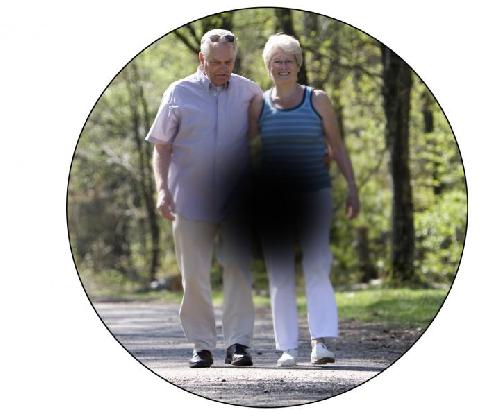Transplantation of RPE cells derived from induced pluripotent stem cells (iPSCs) is one therapeutic approach that researchers have explored to treat retinal diseases such as macular degeneration, but life-long immune suppression drugs are necessary because the "mother" cells are derived from donors unrelated to the patient. Induced pluripotent stem cells are cells that have the potential to regenerate any cell or tissue in the body, as shown in a landmark paper published by Takahashi K et al in Cell (Aug 25, 2006). To find an iPSC alternative that does not trigger rejection, researchers have used a patient's own skin cells to generate iPSCs, but the process uses viruses to introduce the desired reprogramming factors. Currently, the U.S. FDA has not allowed clinical trials using virally generated iPSC. Medical University of South Carolina (MUSC) scientists, led by Lucian V. Del Priore, M.D., Ph.D., Pierre Gautier Jenkins Professor in the Department of Ophthalmology, have demonstrated that cells that are produced using a successful alternative to viral induction--exposing skin cells to human proteins-- will mimic the function of the RPE, and reported on their results in the November 25, 2015 PLOS ONE.
"This works because ultimately the DNA ultimately leads to creation of a protein inside the cell, which then affects the cell's behavior," explains Del Priore. The efficiency is low; only about 1% of cells become transformed, he reports, but the research establishes that these cells can then be turned into RPE and that these cells function normally in the Petri dish. Specifically, the work demonstrates that the generated RPE can ingest outer segments from the retina, which is important in the normal maintenance of this delicate neural tissue. Work on this project involved a collaborative research team that included Ernesto Moreira, M.D.; Jie Gong, M.D., Ph.D.; Mark Fields, Ph.D., MPH; and Zsolt Ablonczy, Ph.D.
Successful transplantation of RPE cells will depend upon repair of the damaged Bruch's membrane (BM) beneath the cells, and Del Priore and investigators also have reported on the effects of doing a "chemical peel" of this substrate in Translational Vision Science and Technology (Oct 30, 2015). BM explants were dissected from young and old donor eyes. A combination of cleaning and then coating the explants with extracellular matrix ligands removed the abnormal protein deposits and rejuvenated the tissue. These results demonstrate that the detrimental effects of aging BM can be reversed by reengineering the BM surface with this approach.
 This is a representation of vision as experienced by someone with macular degeneration. Credit: Brennan Wesley, Medical University of SC
This is a representation of vision as experienced by someone with macular degeneration. Credit: Brennan Wesley, Medical University of SC
The main application of this potential therapy is for treatment of the dry form of AMD. Ninety percent of AMD patients have the dry form, as opposed to the wet. Clinical trials for therapies that arise from this human protein-induced pluripotent stem cell research and BM reengineering are still several years away, says Del Priore. It is hoped that MUSC will be a principal site for these landmark studies.
source: Medical University of South Carolina